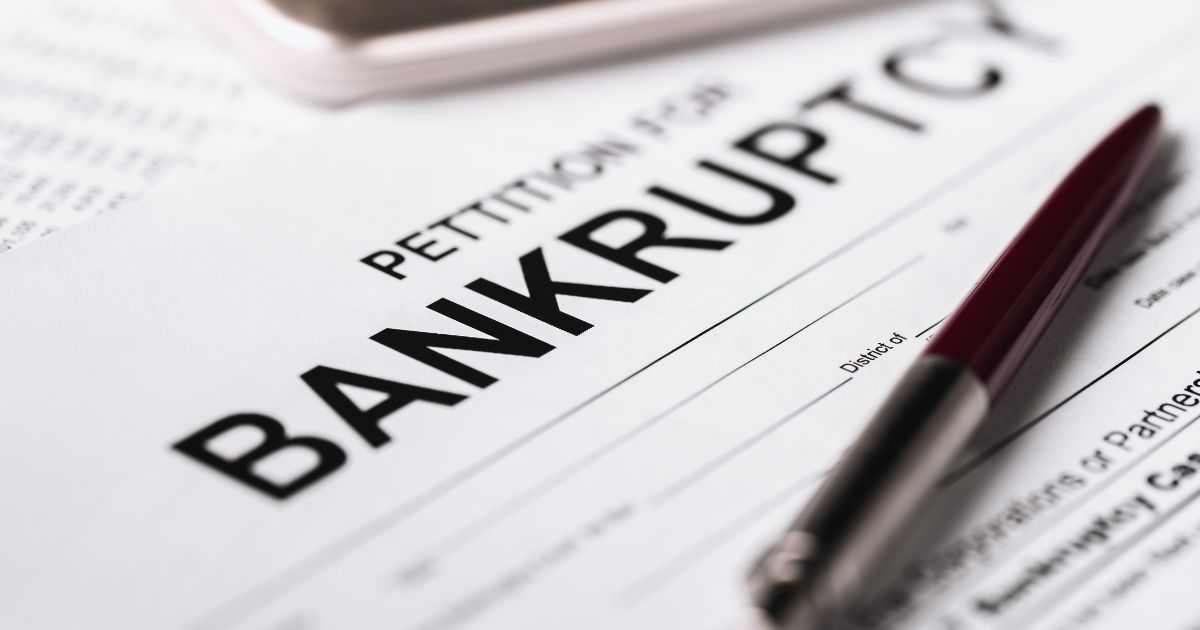How Long Does it Take to File Chapter 7 Bankruptcy?
July 12, 2025
Filing for Chapter 7 bankruptcy can feel overwhelming, especially if you are unfamiliar with the process. Understanding how long each step typically takes can help reduce uncertainty and give you a clearer path toward rebuilding your financial future.
Often referred to as liquidation bankruptcy, Chapter 7 allows eligible individuals to discharge unsecured debts, such as credit card balances, medical bills, and personal loans. While the overall process typically takes four to six months, the timeline depends largely on how quickly and accurately you complete each step.
Step-by-Step Timeline for Chapter 7 Bankruptcy
Pre-Filing Preparation
Before filing, you must complete a credit counseling course from an approved agency. This one-hour session explains alternatives to bankruptcy, reviews your finances, and helps determine whether Chapter 7 is the right choice. You must complete this course within 180 days before filing, and submit a certificate of completion with your bankruptcy petition.
To speed up the process, organize your financial documents ahead of time, including:
- Pay stubs or proof of income
- Two years of tax returns and W-2s
- Three months of recent bank statements
- Mortgage or lease agreements
- Car titles and loan documents
- Retirement account information
- Medical bills, credit card statements, and collection letters
- A detailed list of monthly expenses (rent, utilities, insurance, etc.)
Having these ready helps your attorney accurately prepare your petition and avoid delays caused by missing or incomplete paperwork.
Filing Your Bankruptcy Petition
Once you have all the necessary documents and have completed the credit counseling requirement, your attorney can file your Chapter 7 petition with the U.S. Bankruptcy Court. In Maryland, Chapter 7 cases are handled in the U.S. Bankruptcy Court for the District of Maryland.
You must pay a filing fee of $338 at the time of submission. Your case will not move forward until this fee is paid (though fee waivers or installment payments may be available in limited circumstances).
Once filed, the court issues an automatic stay, which halts all debt collection efforts. This includes wage garnishments, creditor calls, lawsuits, foreclosures, and vehicle repossessions.
The 341 Meeting (Meeting of Creditors)
About 30 to 40 days after filing, you will attend a 341 meeting, also known as the meeting of creditors. This is a short (typically 5–10 minute) hearing where the Chapter 7 trustee reviews your petition and asks questions about your financial situation. Creditors may also attend and raise objections, although they rarely do.
After this meeting:
- Creditors have 30 days to object to claimed property exemptions.
- Creditors have 60 days to file objections to the discharge of certain debts.
Handling Secured Debts and Financial Management Course
Within 45 days after the 341 meeting, you must decide what to do with any secured debts (like a car loan or mortgage). You can:
- Reaffirm the debt (agree to keep paying)
- Redeem the asset (pay a lump sum)
- Surrender the property
You are also required to complete a financial management course, also called debtor education. This course covers budgeting, credit rebuilding, and avoiding future debt issues. You must submit a certificate of completion to receive your discharge.
Discharge of Debt
If no objections are filed and you complete all required steps, the court will issue a discharge order approximately 60 days after your 341 meeting. This officially eliminates eligible unsecured debts.
The entire process from filing to discharge usually takes about four to six months, assuming there are no delays or complications.
How Long Does Chapter 7 Stay on Your Credit Report?
Although Chapter 7 gives you a fresh start, it does appear on your credit report for 10 years. During this time, it may be more difficult to qualify for loans or credit, though many people begin rebuilding their credit within a year of discharge through responsible financial habits and secured credit cards.
Work With an Experienced Owings Mills Bankruptcy Lawyer
While Chapter 7 bankruptcy can sound intimidating, working with an experienced attorney ensures the process is smooth, timely, and accurate. From preparing your documents to protecting your assets and guiding you through court proceedings, legal support is essential.
At LeViness, Tolzman & Hamilton, our Owings Mills bankruptcy lawyers help individuals and families throughout Maryland regain control of their finances. We offer personalized guidance and work to eliminate as many delays as possible so you can move forward confidently.
Contact Our Owings Mills Bankruptcy Lawyers Today
If you’re considering filing for Chapter 7 bankruptcy, speak with an Owings Mills bankruptcy lawyer at LeViness, Tolzman & Hamilton. Call 800-547-4LAW (4529) or contact us online to schedule a free consultation.
We have offices in Baltimore and Owings Mills, allowing us to represent clients in Maryland, including those in Anne Arundel County, Baltimore County, Carroll County, Harford County, Howard County, Montgomery County, Maryland’s Western Counties, Prince George’s County, Queen Anne’s County, Southern Maryland, and the Eastern Shore, as well as the communities of Catonsville, Essex, Halethorpe, Middle River, Rosedale, Gwynn Oak, Brooklandville, Dundalk, Pikesville, Nottingham, Windsor Mill, Lutherville, Timonium, Sparrows Point, Ridgewood, and Elkridge.
